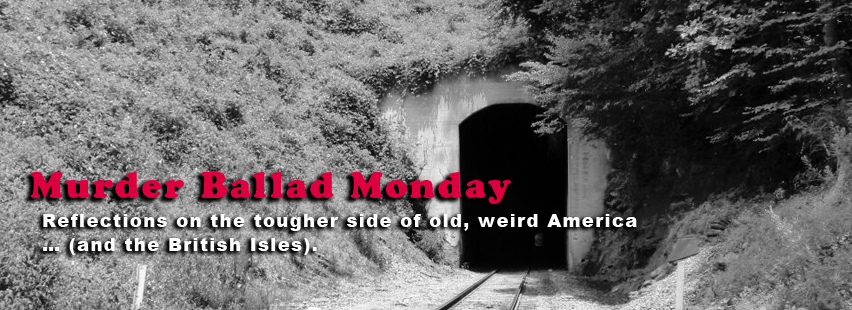Georgia Lee
<<<Back to page 3
Coda: “This world is not my home”
When you come to the end of Mule Variations, you’ve been put through a wringer of love, loss, degradation, paranoia, and tragedy. “Come On Up to the House” offers both implicit and explicit absolution, and you’re glad of it. I don’t have too much more to add about it at this point, but feel that any full encounter with “Georgia Lee” is incomplete without it. It doesn’t answer the big questions, but sorts you out nonetheless.
Appendix: Covers of “Georgia Lee”
A few cover versions of “Georgia Lee” manage to be reasonably effective with joined voices and harmonies, but my favorites are still the solo versions. Most covers I’ve found stick fairly closely to Waits’s general arrangement. I’ve put together a short, select Spotify playlist, with performances that I find mostly, if not entirely, successful. Your ear might differ, but if you’re looking for examples of where the refrain migrates away from lament to protest, versions by The Cottars, Kathryn Roberts & Sean Lakeman, and Justin McRoberts might be illustrative, although I should make clear that I removed the most egregious examples of this phenomenon from the playlist, along with other arrangements that didn’t pass muster for one reason or another.
The most innovative performance and arrangement of the bunch is Minnesota-based Americana artist Dave Olson’s. Olson postpones the refrain until after all the other stanzas are out. He goes into the song and rearranges the furniture to suit him, and it still works rather well. The ethereal overlay of Pieta Brown’s harmony vocals to the postponed refrain well suits the theme in the context of Olson’s reworked melody.
Deirdre Scanlan* of Solas provides brilliant and moving performance of the song on Solas’s The Edge of Silence album.
Gospel artist Cynthia Clawson provides what was for me a surprisingly effective performance. In the context of her See Me, God album, I expected the performance to be overborne by canned pieties, and I was rather dubious of a few cinematic pauses. Despite the differences in her vocal qualities and, presumably, the intended religious dimensions of her art, the thematic tones and inflections of the song remain fully available.
Austria’s Ernst Molden and Argentina’s Roxana Amed have recorded German and Spanish versions of the song. I can’t speak with much confidence about the success of their translations, but the arrangements strike me as worthy. Amed’s version is particularly affecting, even through the filter of my high school level Spanish.
Thanks for reading and listening, and thanks to Shaleane and Pat for their characteristically insightful and helpful comments.
* An earlier version of this post misidentified the lead singer of Solas’s version of the song. Our apologies to Ms. Scanlan for the error.

